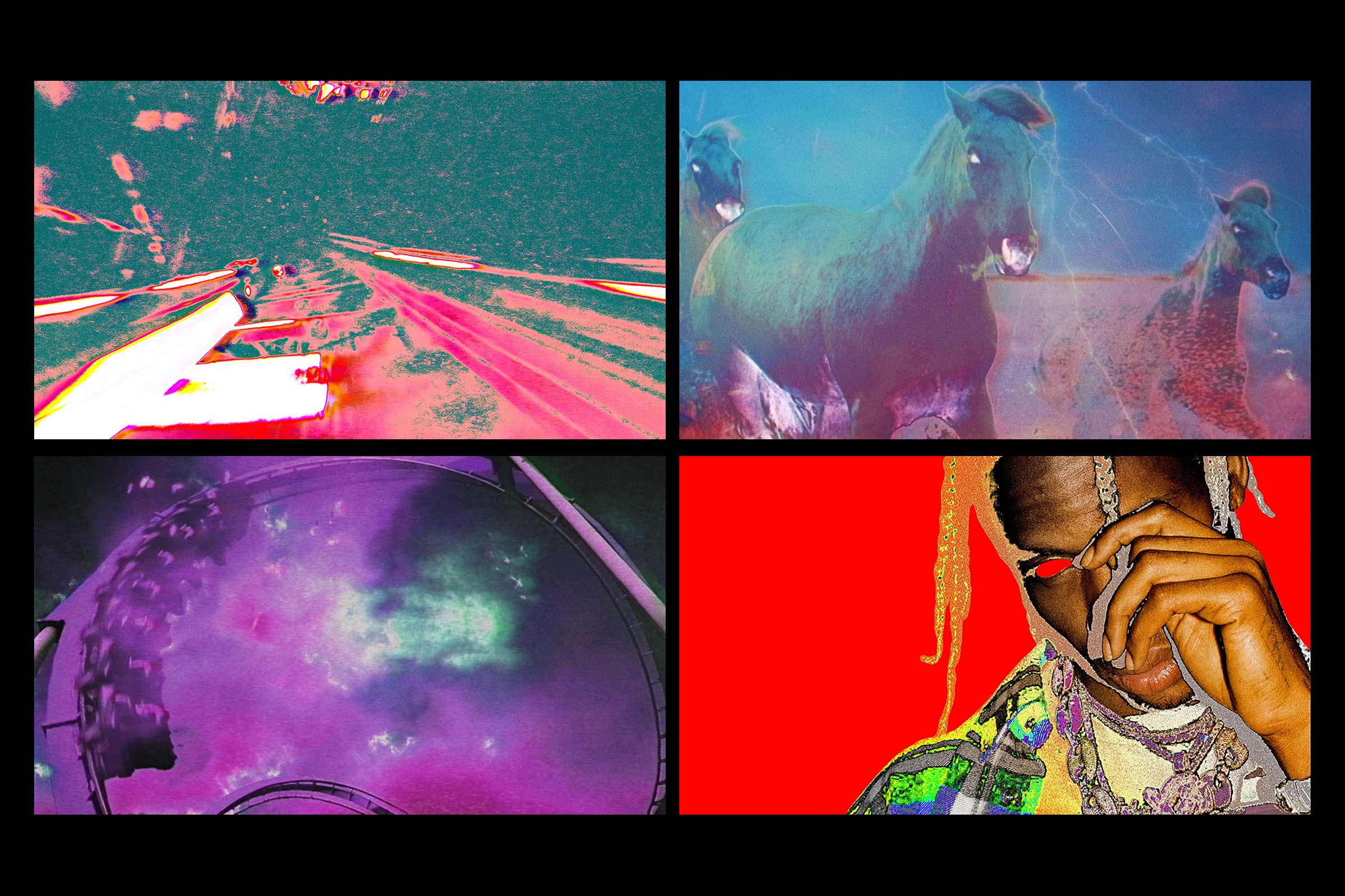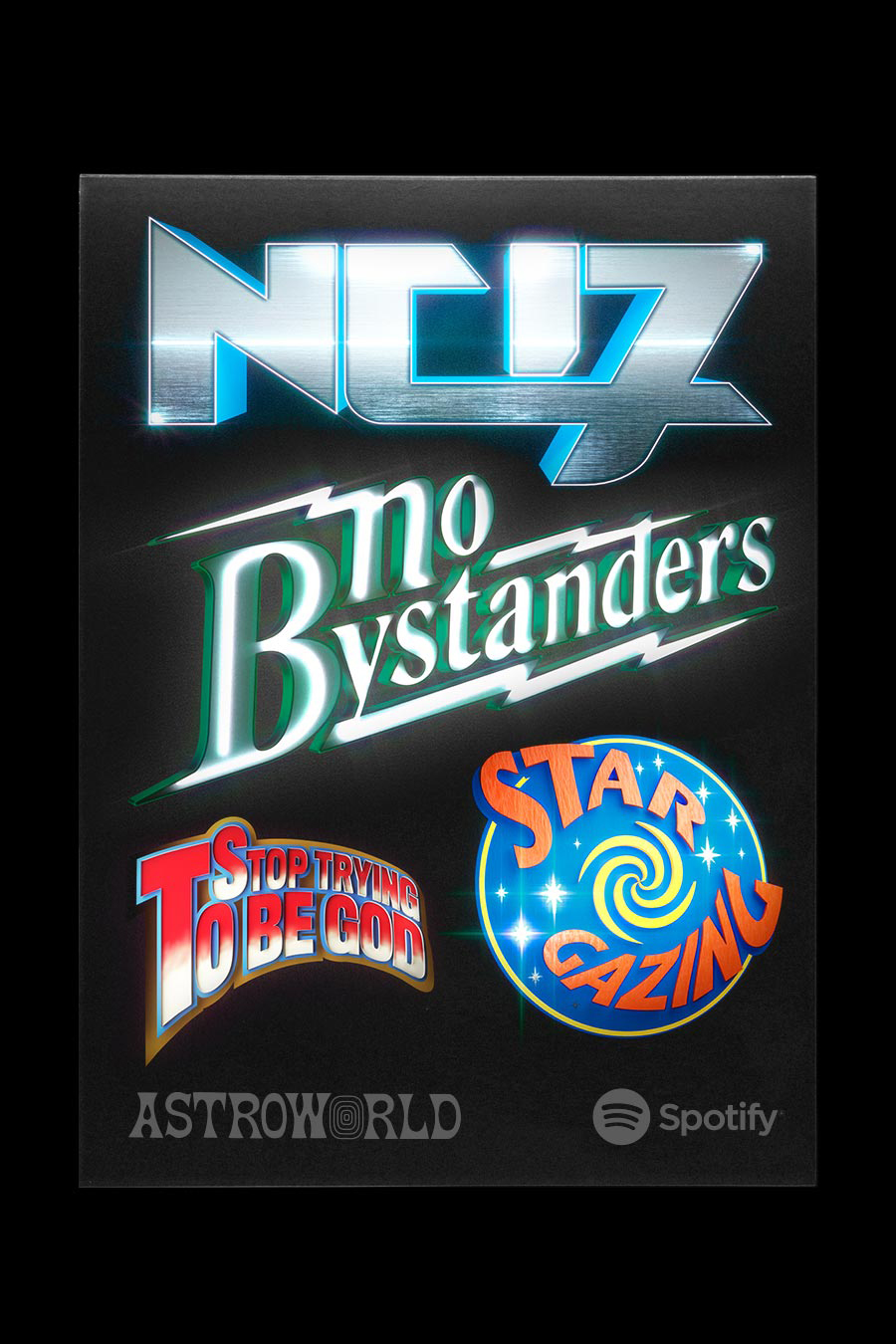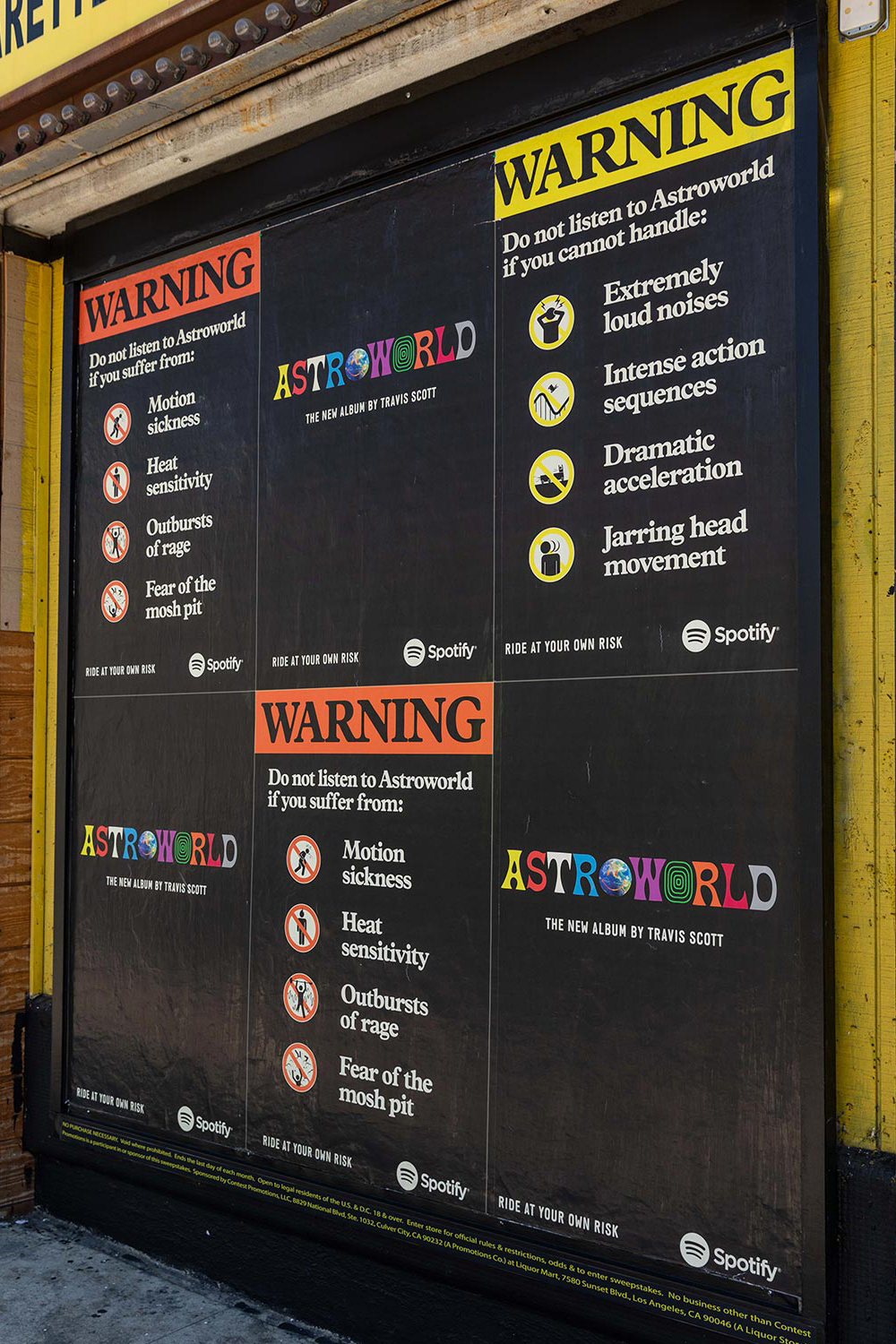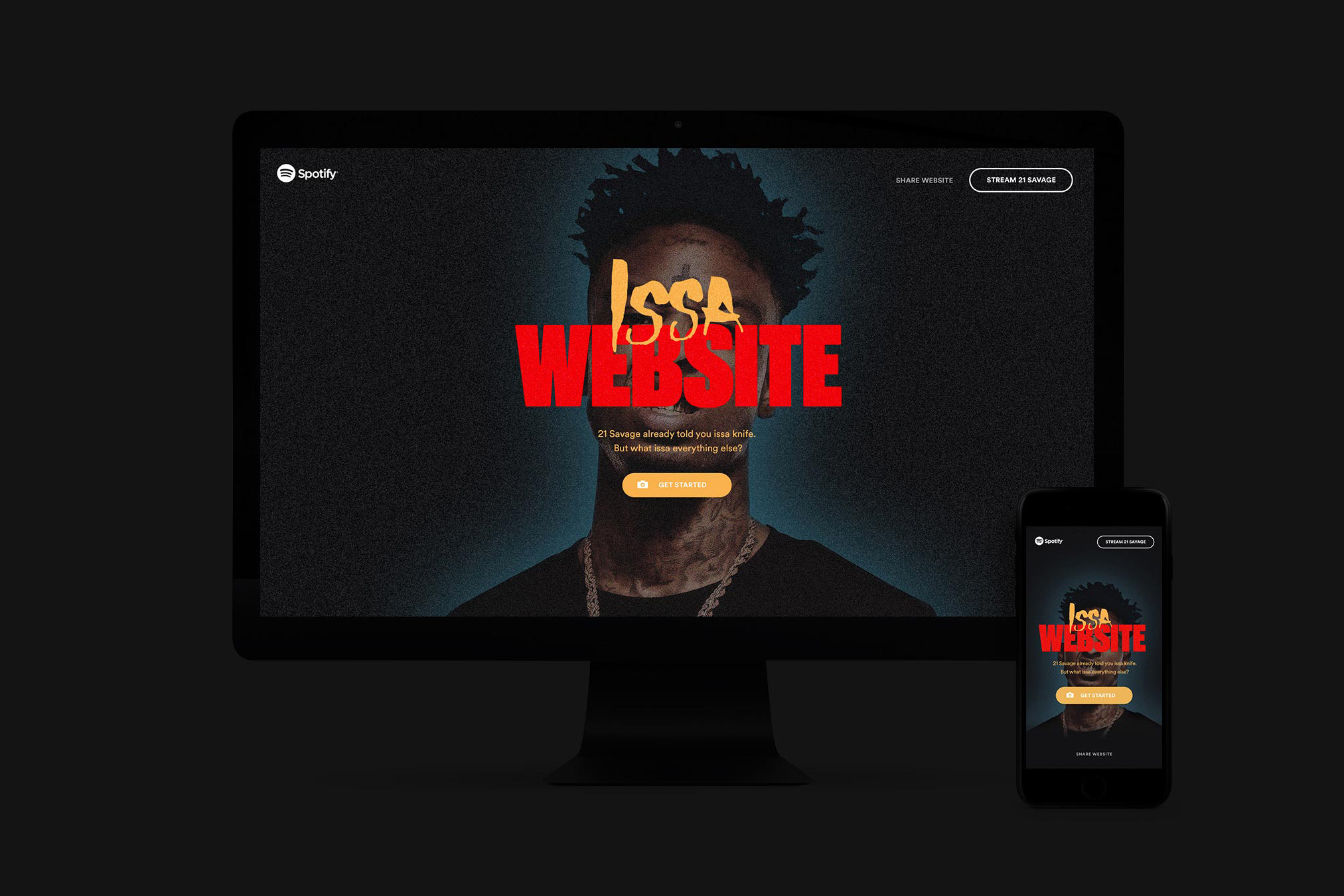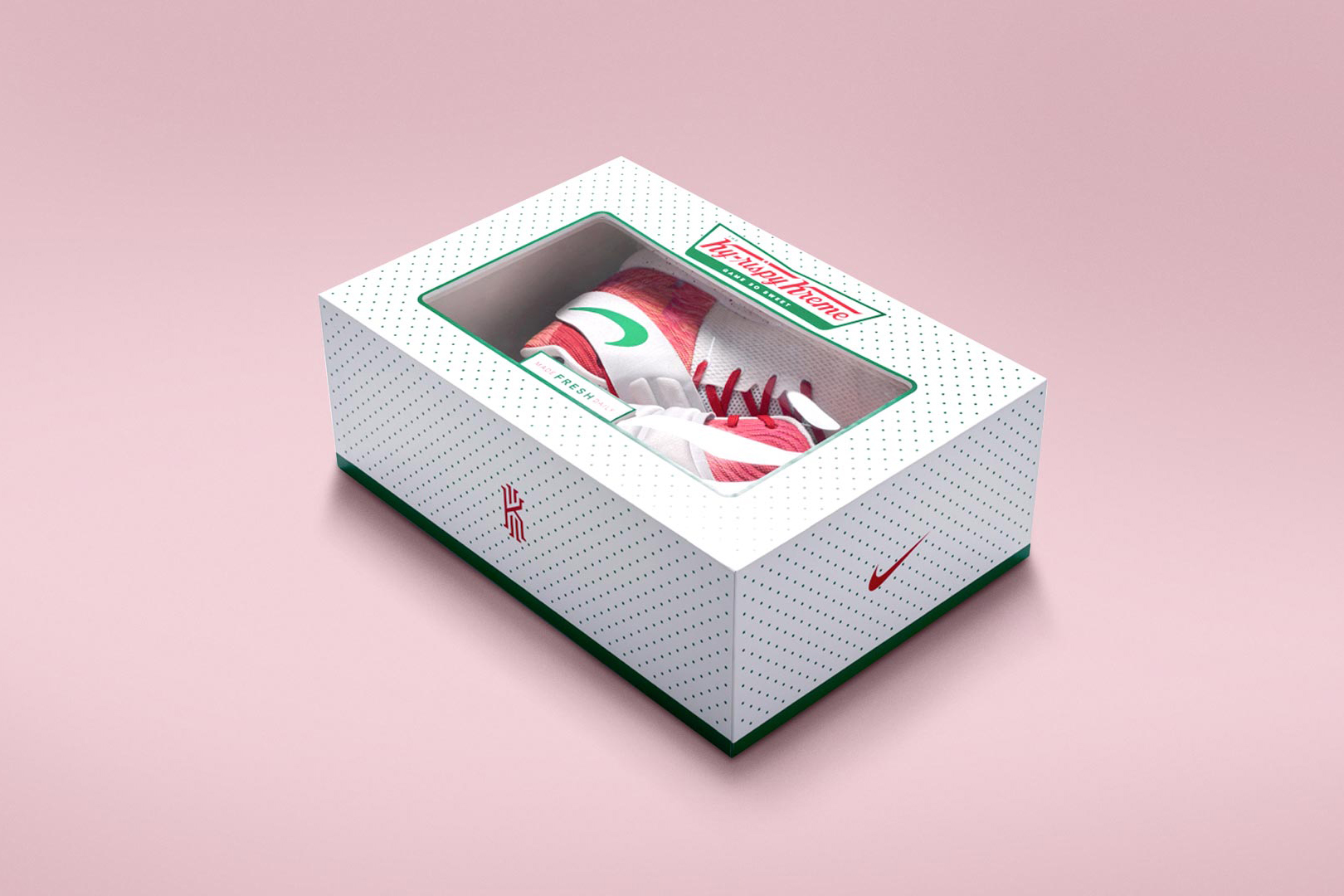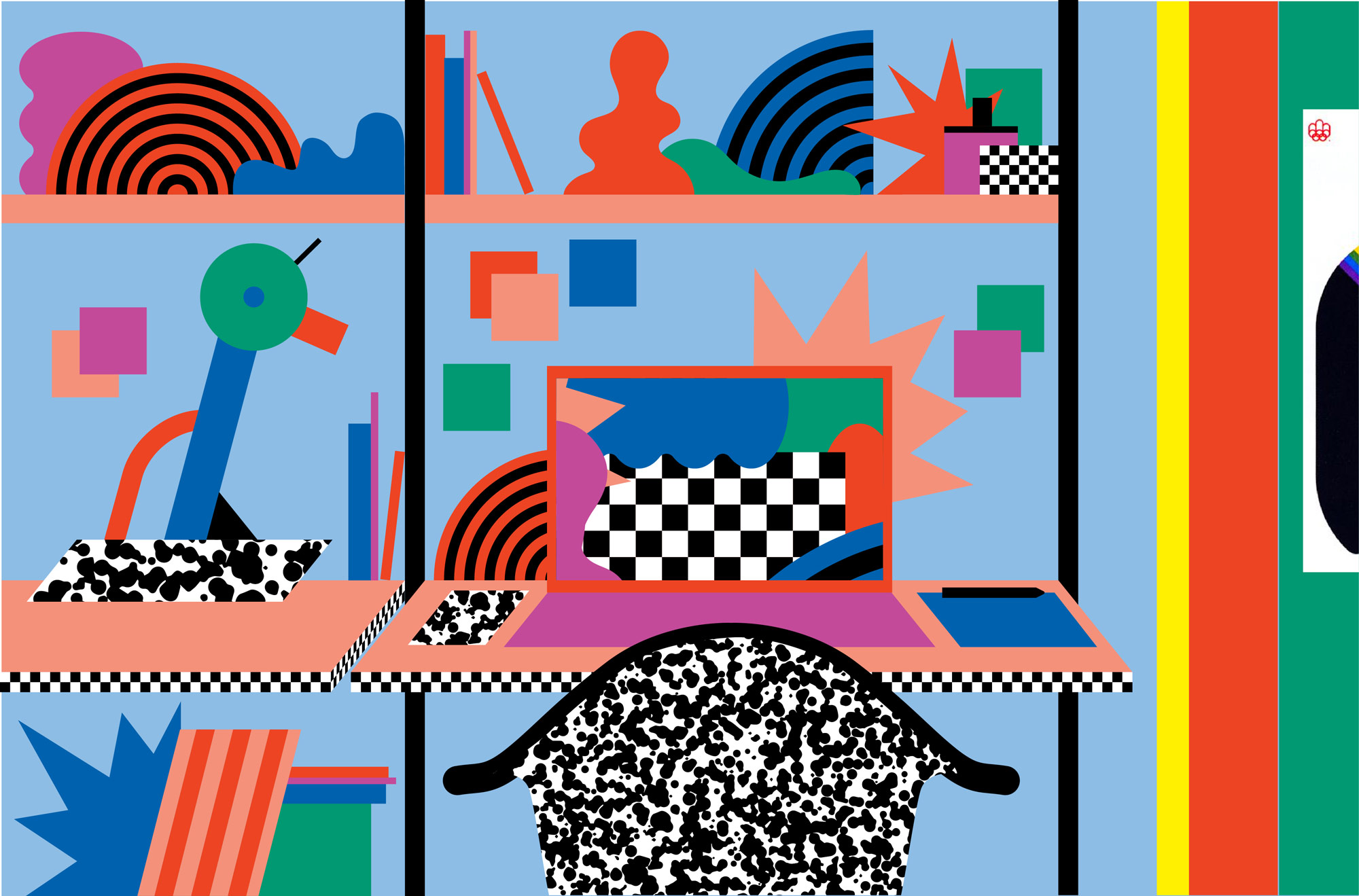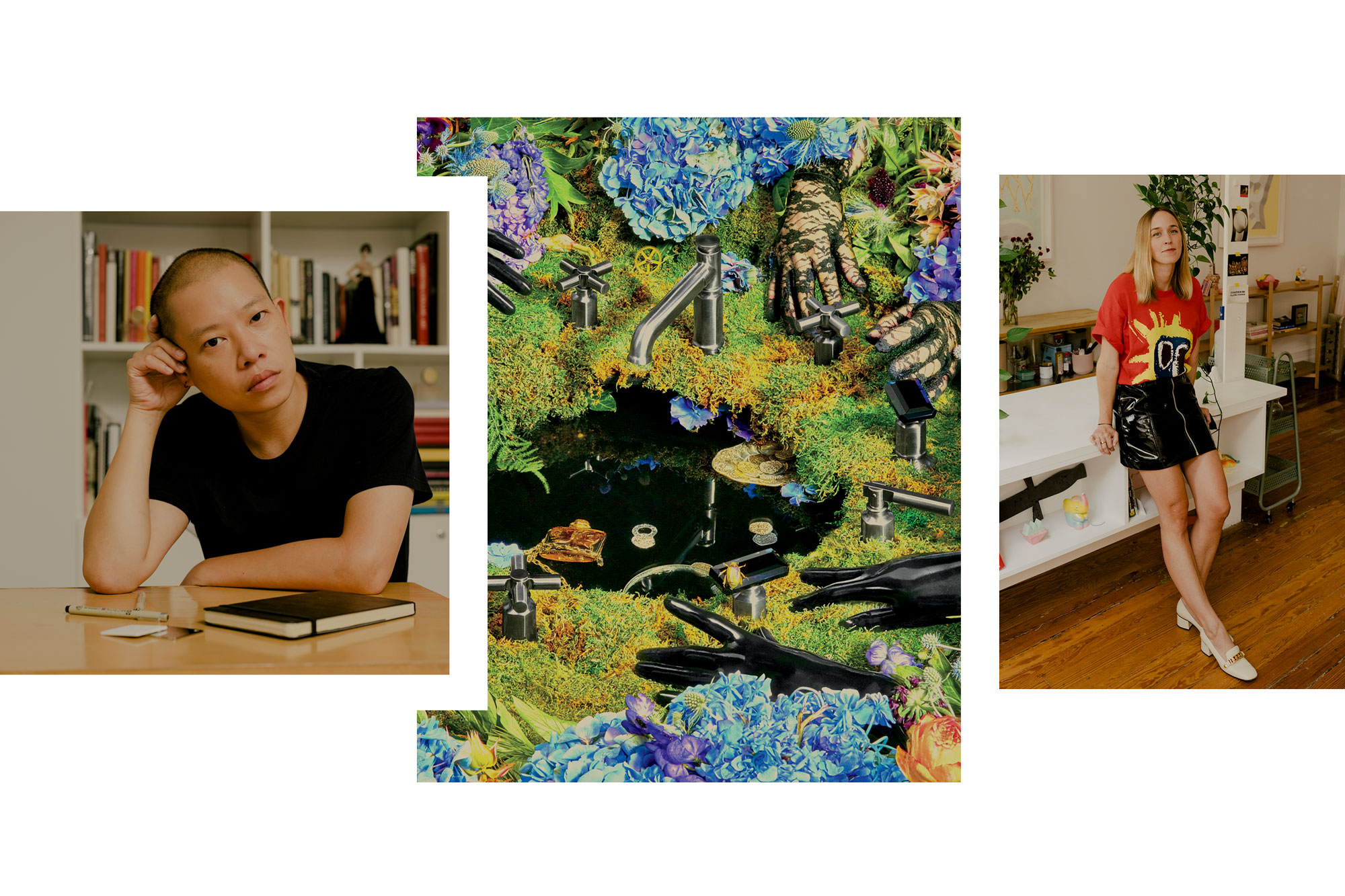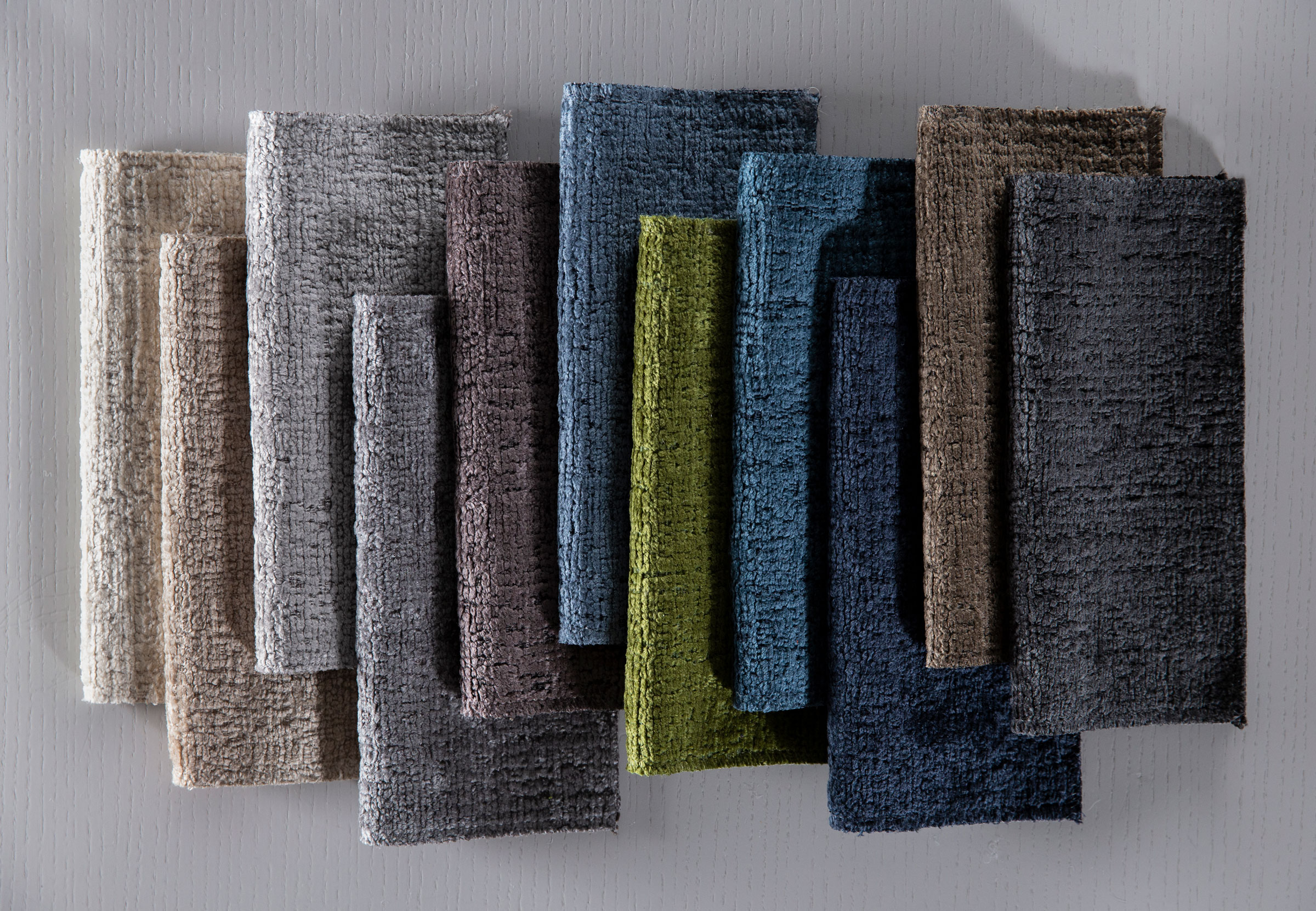Tal Midyan has created websites and branding for some of the biggest icons on the planet, from Travis Scott to Pharrell. He’s a designer and creative director who knows how to enhance a brand’s presence, even if he’s working with a client who already has a major following.
Now, he’s an Associate Creative Director on the global brand and design team at Spotify, working with artists and creating colorful ad campaigns. Below are some tips on how he designs for the world of popular culture in the Internet era—when to push the envelope, when to take a step back, and when to get weird.
***
Be open to the next big thing.
I grew up being into design, and I used to draw a lot as a kid. But I wasn’t one of those kids who was coding when they were 10 years old. I wasn’t hacking or building things on my computer. That’s kind of an interest that came later on. My last year in graphic design school, I took this new interactive design course. I was fascinated by what I was learning. That was before this became the decade of social media and the internet. Now interacting with each other on social media is the standard.
Stay versatile.
For the campaign surrounding Travis Scott’s album Astroworld, I had to be adaptable regarding the roles I was taking on. We made so many little things for that project, and some of them were funny while others were really experimental. It was very hands-on at some points. But when creating the short film that announced the album’s official release, I was more of a director and facilitator, while an editor friend of mine made that come to life. I have friends in Berlin who are great with 3D and motion so they helped on the animations, which were based off of 2D images I had created. I was always playing a different part with each element of the process.
- The “Astroworld” campaign had many different components, some more experimental than others.
- An ad for “Astroworld.”
Create something that does more than just blend in.
At my first job, the question was always, “How do we make tools that work well for people?” But after I began doing more freelance work, I realized that my interests with interactive design and technology were less about making those kind of tools. I wasn’t as interested in designing things that blend into your life. I became more invested in making things that might not be the easiest to use, but that will inspire you, and make you interact with an artist or their music in a way that you haven’t before.
Before you develop a visual style, develop a problem-solving style.
Design is always about solving a problem for someone. It’s a way to make things accessible for people. You’re bridging a gap, like between musicians’ fans and the musicians themselves. So I’ve never really considered having a consistent visual style. My “style” comes in with how I like to solve problems and do the thinking. There is a definite way that I like to approach a problem, where there’s always room for play.
- 21 Savage’s website for his album, “Issa Album,” designed by Tal Midyan.
It’s not about you; it’s about what’s best for the work.
What I’m learning more and more in my career is letting go. I am a designer. I love the craft. But I think that part of growing, especially in this sort of work environment, is understanding what I know I could do versus what’s going to be best for the project. How to collaborate and how to sometimes put your ego aside is only going to make the final product better. Not every brief you’re given needs to reinvent the wheel and be something crazy. Really figuring out the work is what design is all about.
Learn from the best.
When I worked at an agency, we spent a lot of time in Portland working at Nike and learning their sensibilities. With Nike, everything in their design and ad campaigns has to be top-notch. They know who their consumers are so it’s effortless for them. It never feels corny. It was more of a learning experience than just me putting my personal stamp on the things we were working on. Learning how they do things was good schooling.
- Tal Midyan worked on the launch of Nike’s Kyrie 2 Ky-Rispy Kreme shoes. The sneakers came in a doughnut box.
What you’ve done a million times might be a great challenge for someone else.
Sometimes it’s critical to delegate. If there’s something that doesn’t feel like it’s going to allow you to push creatively, you might pass it to someone else. It’s mostly about identifying something you’ve already done a million times and finding someone who actually hasn’t done it before. For another designer on your team, it might be a cool assignment or challenge for them.
Find the right space to take risks.
I take the train every day to work in New York and a lot of things look the same now. Visual aesthetics have become this commodity everywhere you go in the world. That is the reality, and those are the expectations, so most people don’t want to take risks. It’s really important to see those opportunities for risk-taking and do the work. There’s a trust in the experimentation that comes with working with some of the emerging artists I’ve gotten to know. But then again, I couldn’t make a living if I only worked with these cool up-and-coming artists just making weird shit. It’s the balance.
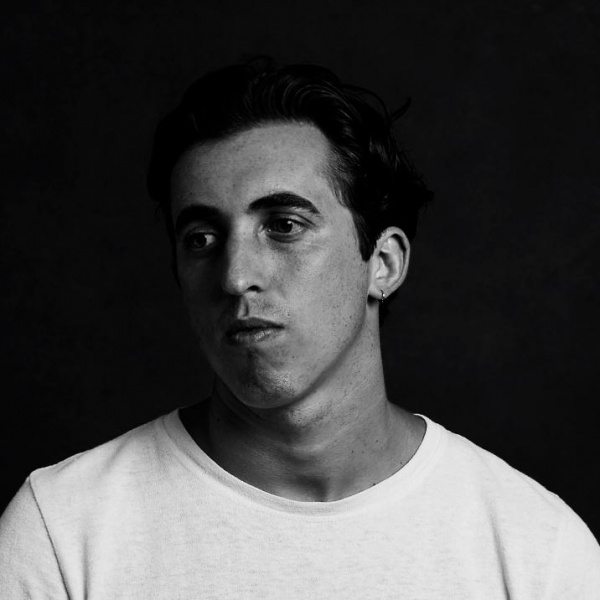
“It’s not about you; it’s about what’s best for the work,” says Tal Midyan.
Photos and portrait courtesy of Tal Midyan
